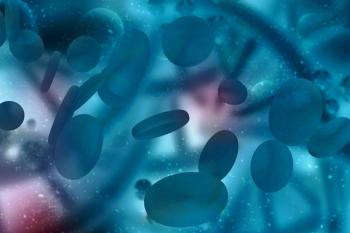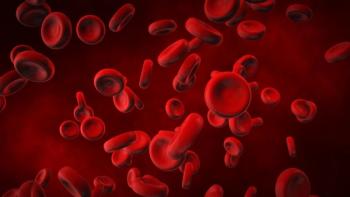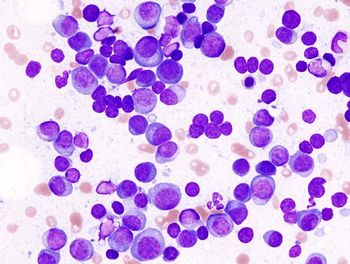
- ONCOLOGY Vol 14 No 3
- Volume 14
- Issue 3
Commentary on Abstracts #377 and #390
A number of mechanisms of action for rituximab have been proposed,includingantibody-dependent cellular cytotoxicity, complement-mediated cytotoxicity, induction of apoptosis, recruitment of effector cells, and elaboration of cytokines
A number of mechanisms of action for rituximab have been proposed,includingantibody-dependent cellular cytotoxicity, complement-mediated cytotoxicity, induction of apoptosis, recruitment of effector cells, and elaboration of cytokines (Ansell et al, abstract #377). Moreover, antibody levels can still be detected in the serum for up to 6 months after rituximab has been administered. Grillo-López and coworkers pooled data from several trials using rituximab administered alone or in combination with CHOP and noted that responses continue long after the drug has been discontinued (abstract #390). Thus, the effect of the drug is likely to be multifactorial, with some mechanisms achieving an early response, while others result in a later effect.
In a recent publication by Piro et al (Ann Oncol 10:655-661, 1999), patients with follicular/low-grade NHL received 8 weekly courses of rituximab, and the rates and duration of responses were similar to those reported with the standard 4-week schedule. These observations, taken together, provide little justification for administering maintenance therapy beyond the standard four infusions.
Articles in this issue
almost 26 years ago
FHIT Gene, Smoking, and Cervical Canceralmost 26 years ago
IOM Medical Error Estimates Questioned, But Legislation Consideredalmost 26 years ago
Less Toxic Therapies for Hodgkin’s Disease May Reduce Secondary CancersNewsletter
Stay up to date on recent advances in the multidisciplinary approach to cancer.

















































































